join the rEVolution!
|
On social media, including LinkedIn, I routinely see comments that EVs are only useful in cities, can only be used for short commutes, etc. And, for some first generation EVs, like early Nissan LEAFs, that is true. Those early EVs did not have the range or fast charging capabilities to make them practical for most drivers to consider using for long distance travel, even if they were great for the commute and around town driving. However, now there are modern EVs that can make those longer distance trips in conjunction with more and better charging infrastructure.
To highlight this ability, I took a sightseeing day trip through the mountains of rural West Virginia back in October in a Tesla Model Y LR. To make the journey a little more interesting on the scenic first half of the trip, I decided to avoid interstates and travel the "country roads" where there are no fast chargers and very few Level 2 chargers. This portion of the trip was between my home in the eastern panhandle north of Martinsburg, WV and the geographic center of the state in Sutton, West Virginia (Flatwoods). This first half consisted of 221 miles and nearly five hours driving through the very rural, scenic areas of Moorefield, Seneca Rocks, Elkins, and French Creek using 70% of the battery at 234 wh/mi efficiency (144 MPGe). I had lunch at a Subway while the car charged at a 250kW Supercharger. The car was finished charging before I finished eating and using the restroom. Heading back, I took interstate 79 to Morgantown and then across I68 to get home. In Morgantown, I stopped for a 5-10 minute restroom break, to grab a coffee, and topped up a bit on charge while inside the store, but did not wait. Total waiting time for EV charging was zero on this trip. Total round trip mileage was 443 miles at 245 wh/mi (138 MPGe) leaving about 9:20 AM and returning home at 7:20 PM. Total fast charging cost was $21.66, all while using West Virginia electricity, some of it directly generated by my home solar array. There is no additional cost for home charging due to that array. It was great weather for sightseeing and EV efficiency even while climbing those colorful mountains!
0 Comments
DC Fast Charging (DCFC) gets a lot of press and for good reason. Slower, Level 2 destination charging is great, but you have to reach your destination in a reasonable amount of time which may only be practical with DCFC.
However, one fantastic use case for Level 2 AC charging, in addition to home and work charging, is overnight hotel stays. The ability to conveniently 'refuel' at a hotel that offers EV charging as an amenity is underrated, but seems to be gathering traction. The large deal Hilton just made with Tesla shows that hotels are starting to understand the importance of EV charging when offering amenities that will attract customers. From the article link below, "In 2023, the [Hilton] website’s EV charging search attribute had the fastest volume of growth to-date, jumping from fourth to second highest in converting searches to stays." Hilton's Announcement: Hilton to Install Up to 20,000 Tesla Universal Wall Connectors at 2,000 Hotels, Creating Largest Overnight Electric Vehicle Charging Network within Hospitality Industry From a personal perspective, here's the stats from my latest real world hotel stay with Level 2. My wife and I took a 490 mile trip to Bethany Beach, DE and we stayed overnight with IHG Hotels & Resorts in nearby Ocean City, MD. That was roundtrip mileage with some small side jaunts and other miscellaneous stops. There was no charging on the road between my home and the hotel both ways. With complimentary hotel charging and home charging at no additional cost (solar), there was also no cost for fuel and no time spent charging while on the road. We selected the hotel because it offered convenient EV charging with an oceanfront view. Like the Hilton example above, we hope to see more EV charging offered at IHG hotels.
As a side note, if you estimate total range possible based on either leg of that trip using 100% of the battery, it's greater than the car's 330 mile EPA range. Admittedly, dry weather in the mid 60s to low 70s was ideal for this trip, it's a relatively flat route, chill mode was enabled, there is only 60 miles or so of interstate driving with the rest of the route being 55 mph or lower speed limits, and I tend to drive at the speed limit or a bit over. So, the conditions were much closer to the EPA's testing methodology than an all interstate trip. On your next EV road trip, check for Level 2 charging at your hotel stops and if the hotel doesn't offer that amenity, make sure to encourage local management and/or corporate to provide that capability for their EV owning customers. If they did offer Level 2 charging and it worked, make sure to let them know that you appreciated the ability to 'refuel' your EV while enjoying their hotel! In the eastern panhandle, near Martinsburg, our fifth annual NDEW event was a great success and you couldn't have asked for better weather! The Black Dog Coffee Company was a great site host again this year and everyone enjoyed having access to great coffee! We had attendees of all ages interested in EVs and talking with owners and attendees from West Virginia and surrounding states. We had ten EVs present including vehicles from Tesla, Hyundai, Kia, VW, and a Ford F-150 Lightning electric pickup. Many attendees commented how grateful they were to have a local event in West Virginia to speak with owners, take a demo ride, and appreciated the NDEW giveaway bags. Special thanks to Kent Parsons Ford in Martinsburg, WV for providing the F-150 Lightning electric truck for display! At our South Charleston NDEW event, we had eleven electric vehicles including a Rivian and a Lucid. Several people stopped by to check out the vehicles and talk with the experts from the West Virginia Electric Auto Association and Appalachian Power, which unveiled its new Off-Peak Charging Rate. This rate can save EV drivers about 25% when they charge overnight, between 8:00 PM and 6:00 AM, Monday through Friday and any time on weekends and major holidays. A special thanks to the staff from Appalachian Power for joining us this year and to all the owners who showed their unique, electric rides! Eastern panhandle photosphotos by tobias Sherman and myra fernattSouth charleston photosAs we approach this Independence Day, I want to call attention to two things from the world of electric vehicles (EVs). First, I am thankful that EVs provide independence from foreign petroleum fuel products. The market price for vehicle fuel depends largely on global supply/demand mixed with the latest foreign crisis. The net result can be extreme price volatility. The global petroleum market is complex and there are certainly other impacts to consumer fuel pricing, but global oil prices are the largest component. Conversely, an electric vehicle only uses electricity that must be produced locally, distributed locally, and consumed locally, supporting local jobs. That is true whether the electricity is produced from solar, wind, hydroelectric, nuclear, natural gas, or coal - it's all local. You can’t ship a boatload of electricity from a foreign country!
Secondly, I want to celebrate the fact that EVs make up four of the top six most American-made vehicles sold according to the 2022 American-Made Index by Cars.com. The Tesla Model Y and 3 took first and second place while the Model S and X were fifth and sixth respectively. It is encouraging to see an American company locating its factories and jobs in the country and becoming the United States’ largest EV seller while some iconic American brands choose to manufacture their most popular EV models in other countries - looking at you, Mexican-built Ford Mustang Mach-E. Consider adding some independence to your driving with an electric vehicle and please have a safe and happy Independence Day holiday! From Marty Weirick, WVEAA Vice President:
WVEAA had a meetup at the new Tesla Supercharger station in Princeton this past Saturday, March 5. The idea was for a chance for members to meet in an outdoor setting and to celebrate the opening of the 11th Supercharger in West Virginia - one of the newer 250kW stations. [Editors note: The 12th Supercharger and also 250kW is under construction in Fairmont, WV and should open soon.] The meetup was scheduled for one hour at noon and even a non-Tesla (Jon and Abby Averill in their Bolt EV) made the trip. The distinction for longest drive to attend went to Lanny and Vera Hartman from Columbia, Maryland in their older Tesla Model S. Lanny is a well known EV advocate, both in Maryland and nationally. Vera is one of the competitors in the “charged at the most superchargers” ongoing contest on the Tesla Motors Club on-line forum. She told me she had charged at over 600 different supercharger stations. Whew! While we were on site, four Teslas with drivers and passengers traveling through West Virginia stopped to charge, and we spent some time with those folks talking about EVs and life on a charging route. They all seemed very pleased to chat with us. Most of the through travelers were on a Florida to Michigan corridor, with some starting in North Carolina and others ending in Ohio. I think all were northbound. Folks had a nice time and a couple of us then went over to Dolly’s Diner across Oakvale Road for lunch. Here are a few photos from the meetup. A recently published WVEAA op-ed in the Charleston Gazette-Mail:
We should not allow a future with electric vehicles and its associated jobs to pass by West Virginia. A former congressman, Nick Rahall, would like for you to believe that it’s too soon for EVs, as he stated in a recent op-ed in the Gazette-Mail. But when we look at a sampling of headlines, we see another picture: “GM and LG to spend $2.3 billion on second EV battery plant in U.S.”; “Ford to build new plants in Tennessee, Kentucky in $11 billion investment in EVs” (creating 11,000 jobs); “Electric Dodge muscle car and Ram pickup part of Stellantis’ $35.5 billion EV plans”; “VW breaks ground on massive Tennessee EV plant”; “Midwest governors agree on EV charging-network plan” and so on. There are two things these headlines have in common. First, tens of billions in private investment dollars are going into EV capacity, laying the foundation for massive production over the next five to 10 years and equally massive hiring. Secondly, although surrounding states like Tennessee, Kentucky and Ohio are targets for these production facilities, West Virginia is never mentioned. Battery and EV manufacturing facilities aren’t being built 20 years from now, they are being built now. A new foundation for transportation manufacturing and jobs is being laid before our eyes and being built around, not in, West Virginia. Regarding the affordability of EVs, it’s important to understand that the operational costs of an EV are much less than a gas vehicle. And, with the average new vehicle price in the United States just above $40,000 according to Kelley Blue Book, EV pricing is not far out of line. All new technology is expensive at first. As production scales up, those costs go down. Beyond price, functionality also has increased. Anyone want to compare their smartphone with one of the first? Battery life, charging, screens and connection speeds have all improved greatly. EVs are on the same path and have more than doubled available range in the past 10 years. However, West Virginia’s fast-charging infrastructure is currently limited. In the meantime, there are other EV options, including plug-in hybrid electric vehicles that allow owners to drive locally on electricity and use gas on longer trips. The best thing about the electricity that powers EVs is that it’s local. You can’t ship a boatload of electricity from another country, especially countries that have and would like to harm the United States. The jobs that generate and distribute that electricity are all local. I would think we could all get behind that, whether the electricity comes from coal, gas, wind or solar. Where politicians see problems with battery recycling, some states see opportunity. Canadian company Li-Cycle recently came to an agreement in Alabama to build their fourth battery recycling plant. Battery components are too valuable to put in a landfill. After reusing or recycling what we can, another concern raised is the procurement of raw materials tied to China. There is no shortage of lithium, nickel, aluminum, etc., in the United States, but we need to seize the opportunity and develop the industry responsibly. The largest transportation transition in a century is here. West Virginia can be proud of its history as a coal and energy state, but we need to recognize that times are changing. As a lifelong West Virginia resident and worker, I have made my life in West Virginia. I am also a volunteer with the West Virginia Electric Auto Association, an EV enthusiast group. I don’t want to see us continue to lose our youth to surrounding states or see our population continually decline. Our political leaders could fight to keep everything the same, but a terrible thing happens when everything stays the way it is — nothing. The EV industry might not cure all of West Virginia’s ills, but it could certainly help on the jobs and innovation front. For the sake of future generations, I hope we will welcome EVs. There is no doubt in the minds of many, including yours truly, that electric vehicles are the future. The piece that we’re missing, especially here in West Virginia is fast charging for EV travelers. Tesla has the West Virginia interstates covered pretty well and is adding more chargers, but CCS fast charging is virtually non-existent. And when I say fast charging, I’m thinking at least 50kW, which really isn’t all that fast in this day and age. However, it’s vastly better than a level 2 plug when you just want to grab some charge while hitting the restroom, grabbing something to drink, and getting back on the road.
Recently though, we’ve started to see some movement. At the state level, the West Virginia Department of Transportation has committed to spending some of the Volkswagen “diesel gate” settlement funds on two DC fast chargers to be installed at the Capitol Complex in Charleston and Tamarack in Beckley. I have heard that they may be operational by the end of the year and am crossing my fingers. On the municipal front, the cities of South Charleston and Nitro have also expressed interest in adding DC fast charging to attract travelers to their locations near interstate 64. On the commercial fast charging front, Electrify America (EA) has announced an expansion to several new states including West Virginia by 2025. No specific timeframe was announced, but it is good to see West Virginia being added to the list of states served by EA! Last, but certainly not least, Tesla is adding additional capacity to serve travelers in West Virginia. New V3 Superchargers (250kW of power per stall now going to 300kW in the future) are being installed in Morgantown and Wheeling, near existing 150kW V2 Superchargers. I have also heard that Ripley may be getting a new Supercharger, so more options and faster charging in store for Tesla owners. I travel from Martinsburg to Charleston periodically, so a 250kW+ charger in Morgantown is a nice addition! It’s starting to feel like West Virginia is taking some positive steps toward our wild, wonderful, and electric future! I sometimes hear complaints about EVs and how they'll never have this or be able to do that. It's as if some people believe that automotive technology isn't constantly improving and by large margins at times. Along this line of thinking, I thought it might be instructive to compare the first mass market EV that was available in quantity in 2011 to the 2021 version of the mass market EV exactly 10 years later. How far have we come in a decade? I'll let you judge the tech specs for yourself below. The LEAF was the best selling EV of all time until recently when the Model 3 took its place. This comparison doesn't even include other innovations from the past decade like the rapid growth of fast charging networks that enable practical cross country travel or new technologies like Autopilot, over-the-air software updates, etc. What do you think the mass market EV of 2031 will be like?
2011 Nissan LEAF SL
2021 Tesla Model 3 Standard Range Plus
The West Virginia Electric Auto Association (WVEAA) has released a position statement on West Virginia registration fees for hybrid and electric vehicles. In short, West Virginia’s existing per gallon fuel tax to support public roads is antiquated and does not work as designed with fuel efficient, hybrid, and non-combustion engine vehicles. It should be replaced with a road usage fee for all vehicles based on annual miles driven by class of vehicle. Creating new registration fees for modern vehicles that do not fit into a decades old road taxation scheme is neither equitable nor sustainable.
Taking off my WVEAA hat and providing a bit of personal opinion, I would like to touch on how we might handle the transition from the existing gas fuel tax and how out of state drivers support West Virginia roads. For now, my personal opinion is that West Virginia should continue collecting liquid fuel taxes. However, if a mileage-based annual usage fee by vehicle class were implemented, West Virginia drivers of gasoline powered and hybrid vehicles should be issued a credit for estimated fuel taxes paid based on miles driven. This would offset the usage fee for those vehicles based on taxes already paid at the pump while collecting the full amount from out of state travelers. Ideally, I would base this credit on the most efficient vehicle in the class to reward those drivers that choose efficient vehicles and disincentivize less efficient vehicles (i.e., less efficient vehicles would receive less of a credit toward their usage fee). Fully electric vehicles would receive no credit from fuel taxes, of course, and would pay the full usage fee for their miles driven. Miles driven could be based on an odometer reading taken at the time of the mandatory annual vehicle inspection or during registration renewal. The DMV stores the odometer reading by VIN and compares it next year to determine miles driven. West Virginia drivers already show proof of property tax payment and insurance so showing the receipt from the mandatory vehicle inspection wouldn't be burdensome. Regardless of how it is implemented, the key takeaway is this: every driver is paying for their actual usage by miles driven. In the future, as vehicles become more connected with onboard GPS and connectivity, I could see more automated solutions. Just as Amazon collects state and local taxes to submit to authorities based on address, I believe automakers or some governing authority could collect usage data from vehicles that is submitted to local authorities to collect miles driven data by location. For example, if I live in the eastern panhandle and commute to DC every day, I drive very little in West Virginia and should be mostly supporting roads in Maryland, Virginia, and DC. This concept could be extended even further to handle tolls for road segments or congestion fees during different times of day for example (with proper driver notification of course). The natural response to this is privacy concerns although I believe these could be handled. Regardless, there isn't enough connected cars on the road today for this to become a reality anytime soon. Feel free to opine in the comments! Behold! The Lordstown Motors Endurance electric truck! I was able to get a firsthand look at a prototype of the new truck today in Montgomery Country, MD. And, before anyone asks, the event was completely outdoors, masks were required, sanitizer was provided, the truck cabin was being sanitized, and folks were keeping a respectful distance.
That's enough of the fine print. What was it like? Well, we didn't get to drive it unfortunately, but the exterior of the truck looked fairly complete and it was better looking in person than in photos, in my opinion. It looked and felt like a work truck. It wouldn't look out of place on a construction site or reading utility meters and that's a good thing since that's the market it is designed to serve. A very lite spec sheet was provided, but subject to change, yada, yada. The reps onsite did note that there would be a front trunk (frunk), but that we couldn't see it as it's not in the prototype. The charging port was only Level 2 AC but the reps indicated that it will support CCS fast DC charging on the finished model so that will also be changing. There were a lot of items that will or could potentially change between this prototype and the production model which is expected in Q4 of 2021. The Endurance is unique in that it uses electric hub motors on each wheel. There is no central motor or motors driving the wheels through shafts - the electric motors are embedded into the wheel hub itself. You'll see a couple photos trying to get a peek at those hub motors. You can see a glimpse of high voltage cabling in one photo, but really, the uniqueness of this design doesn't jump out at you from the photos. The interior was the most pre-production aspect. If you look at the photos closely, you can see gaps, electrical tape and other unpolished bits and pieces as you'd expect to find on a prototype, but overall, I thought the look of the interior lined up well with other work trucks. I had plenty of room inside and it appeared functional from an admittedly non-work truck guy's perspective. Because the event was hosted by the Montgomery County Division of Fleet Management Equipment Maintenance & Transit Operation Center, transit buses were coming and going during the event. I was surprised to look over and see a Proterra electric bus charger and asked one of the Montgomery County folks about it. Mr. Calvin Jones was exceedingly knowledgeable and gracious enough to speak at length about the efforts Montgomery County is undertaking to test not only Proterra buses, but other alternative fuel vehicles as well. They may also be testing a Ford Mach E with the local police department. West Virginia could learn a few things from Montgomery County! All in all, a great visit and discussion! There wasn't a large crowd at any one time, but there seemed to be steady flow of visitors pulling up in Teslas and LEAFs. Let me know what you think in the comments below. |
AuthorRobert Fernatt - EV, solar, and coffee aficionado. Also, cat servant. Archives
January 2024
Categories |
Proudly powered by Weebly
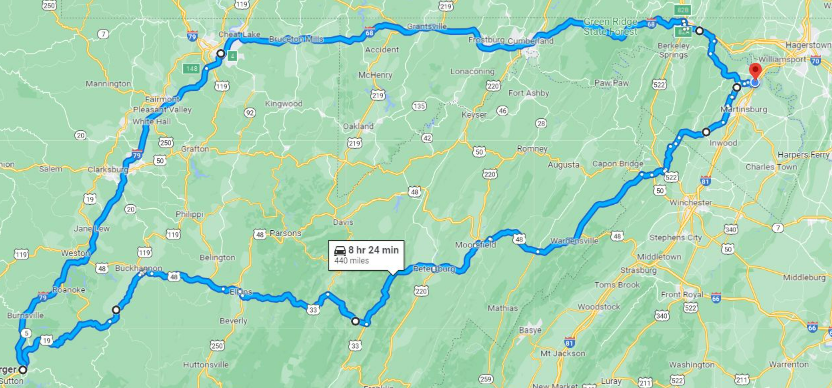


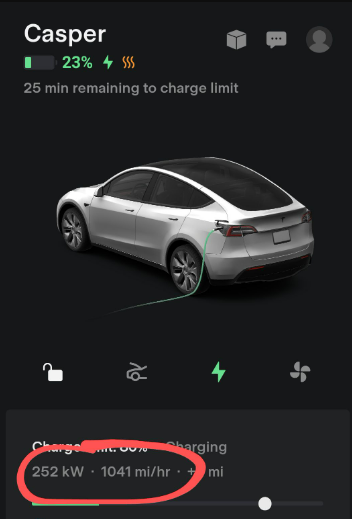
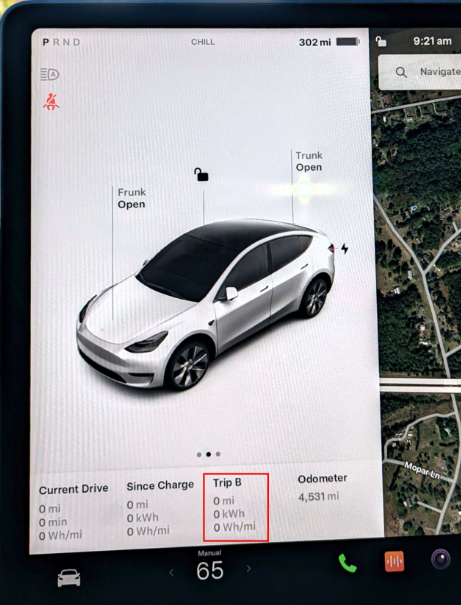
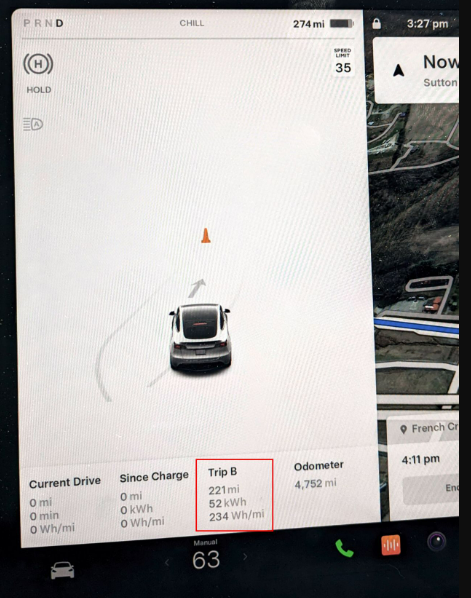
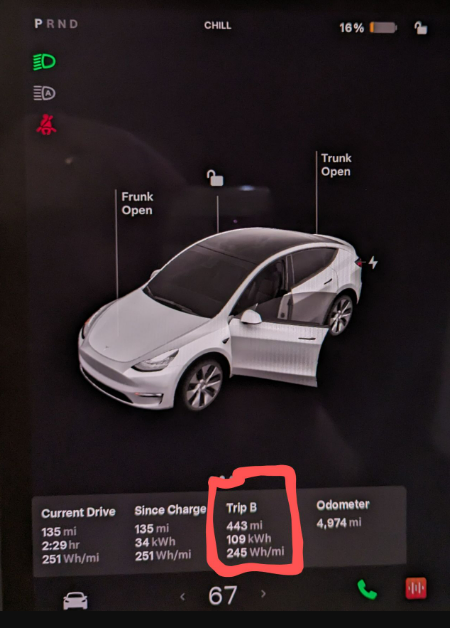
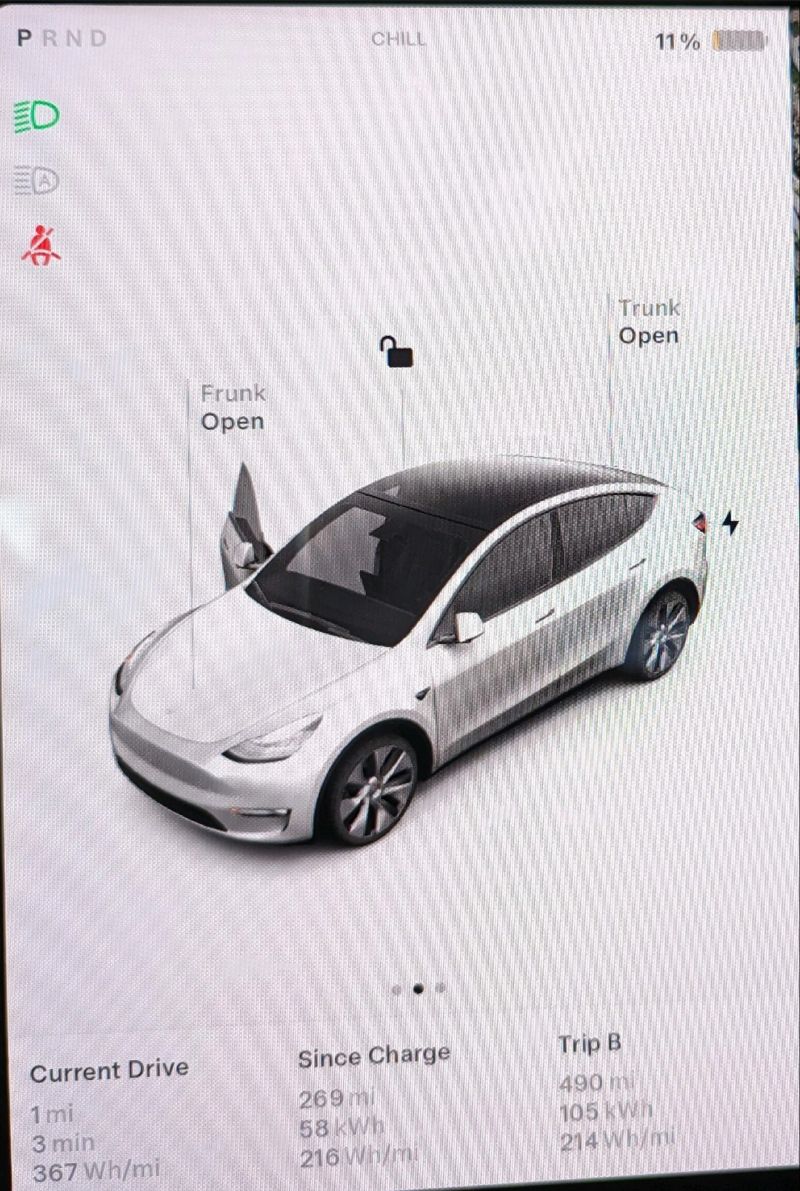
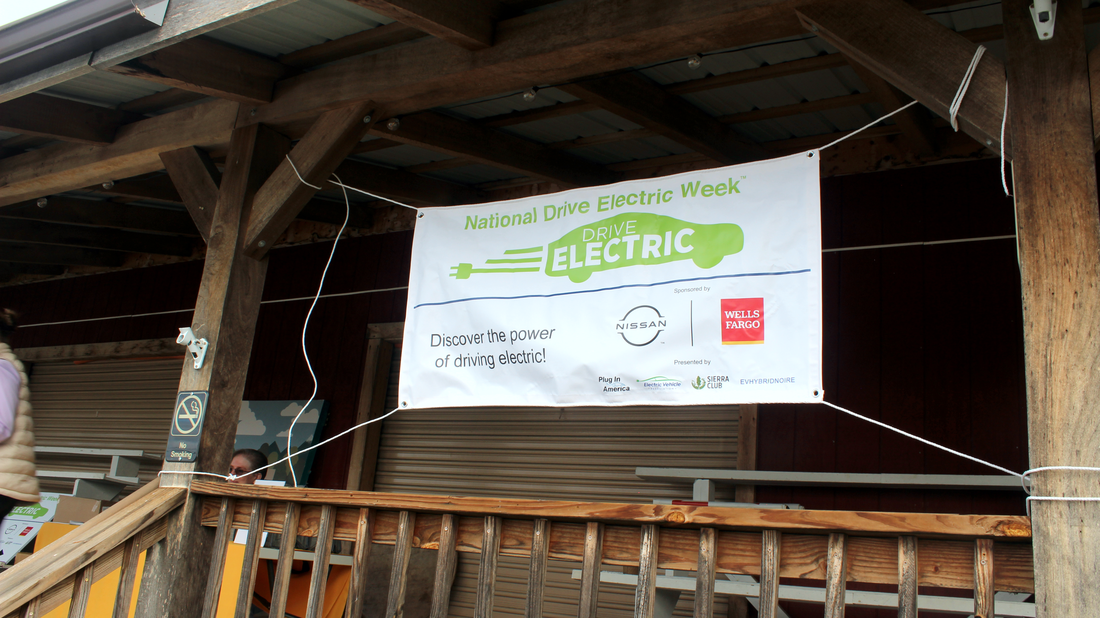
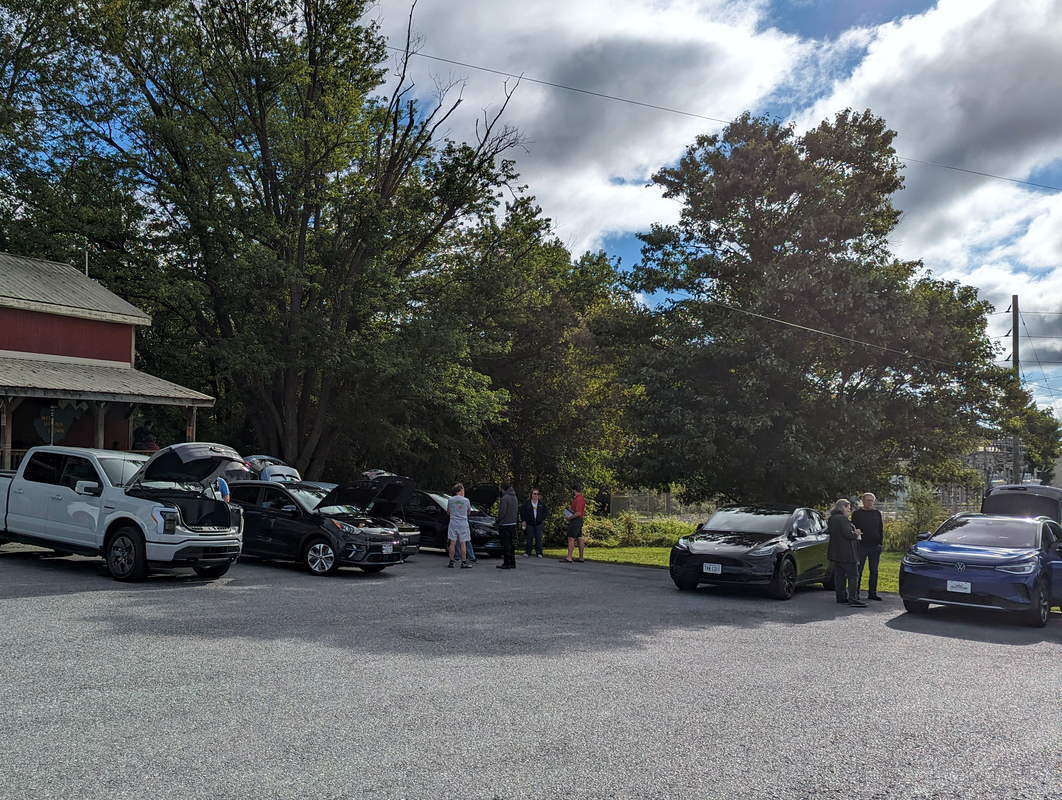
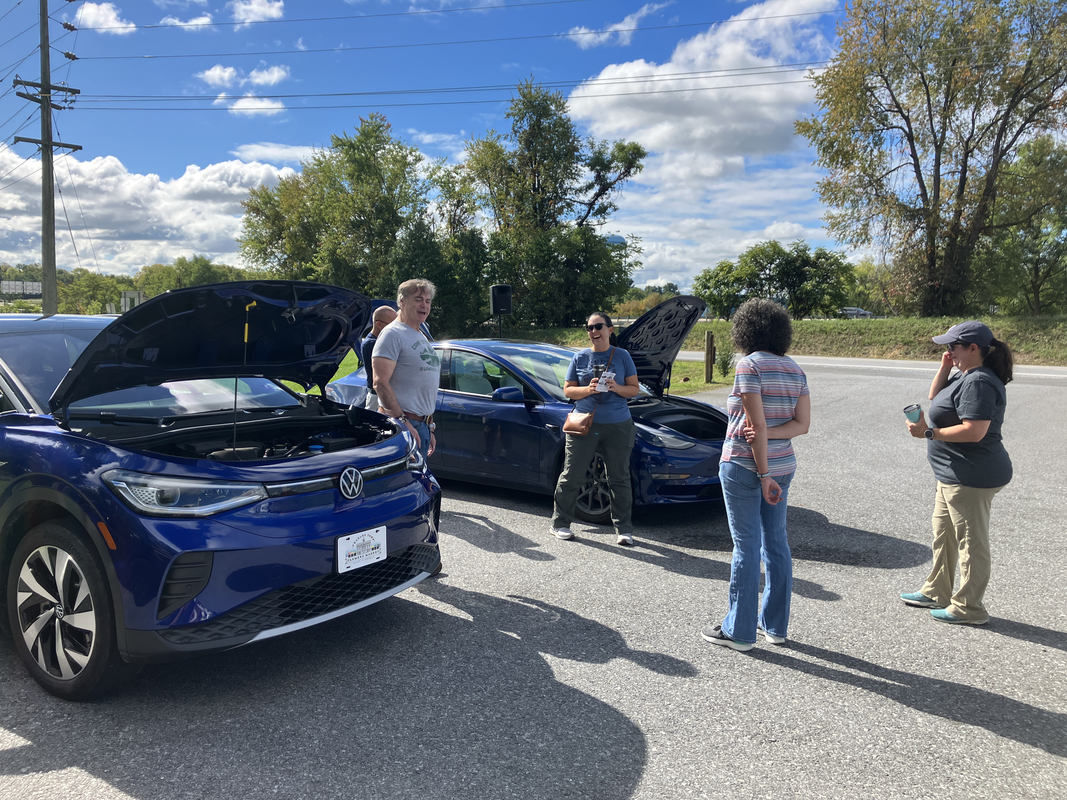
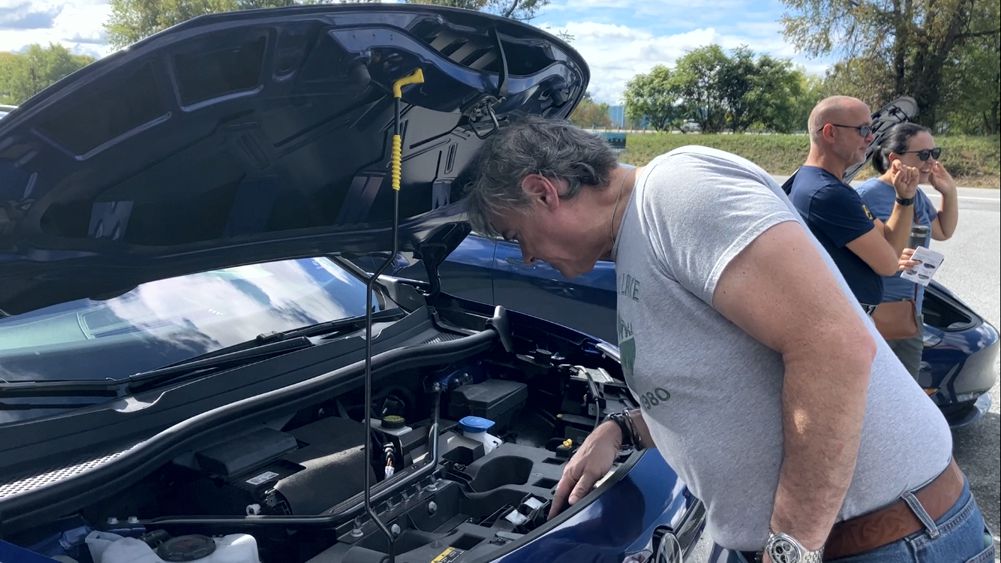
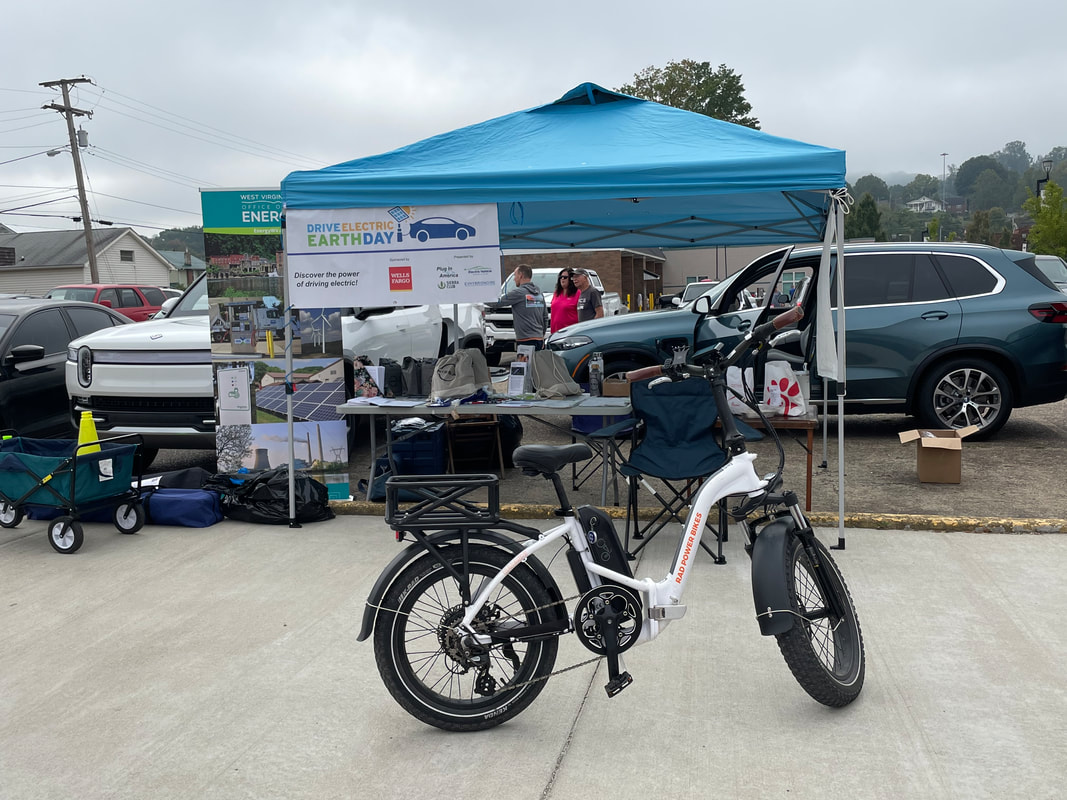
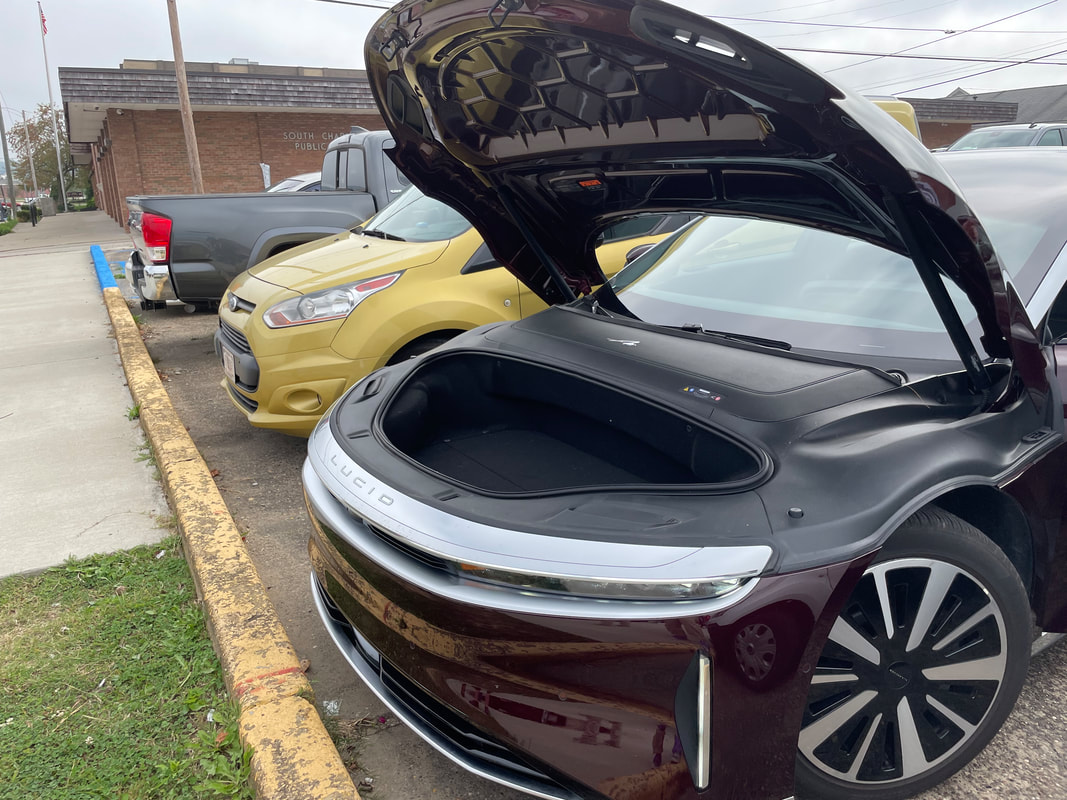
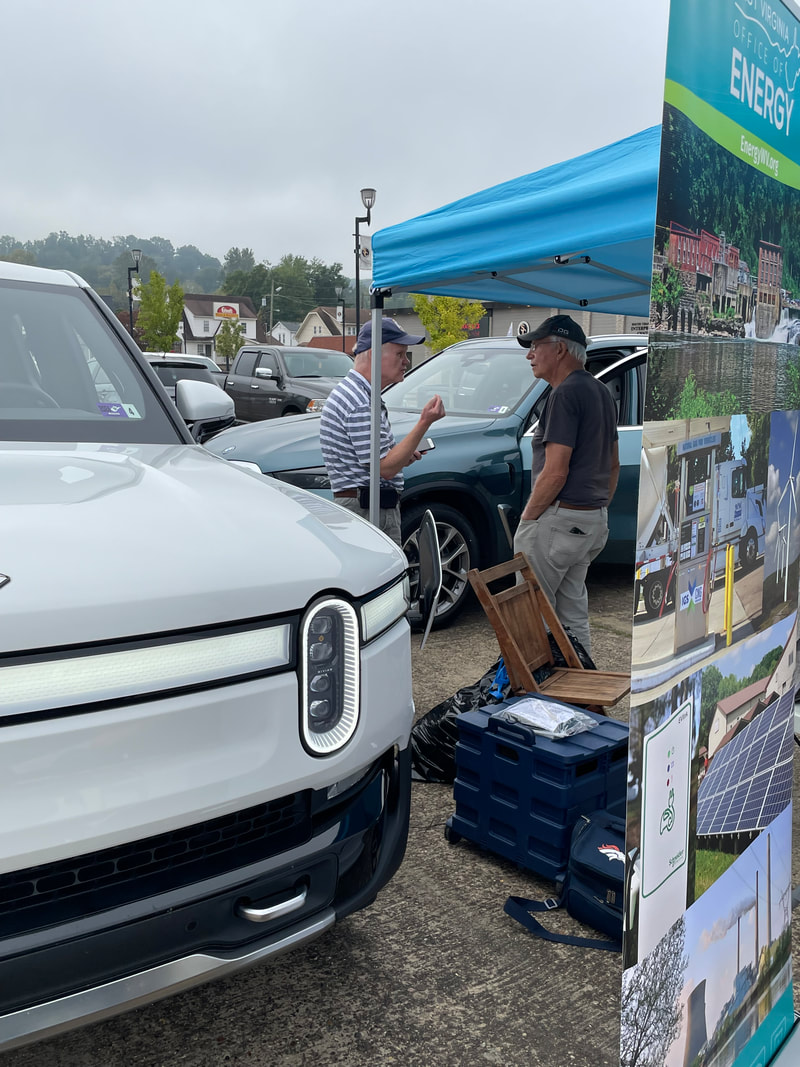
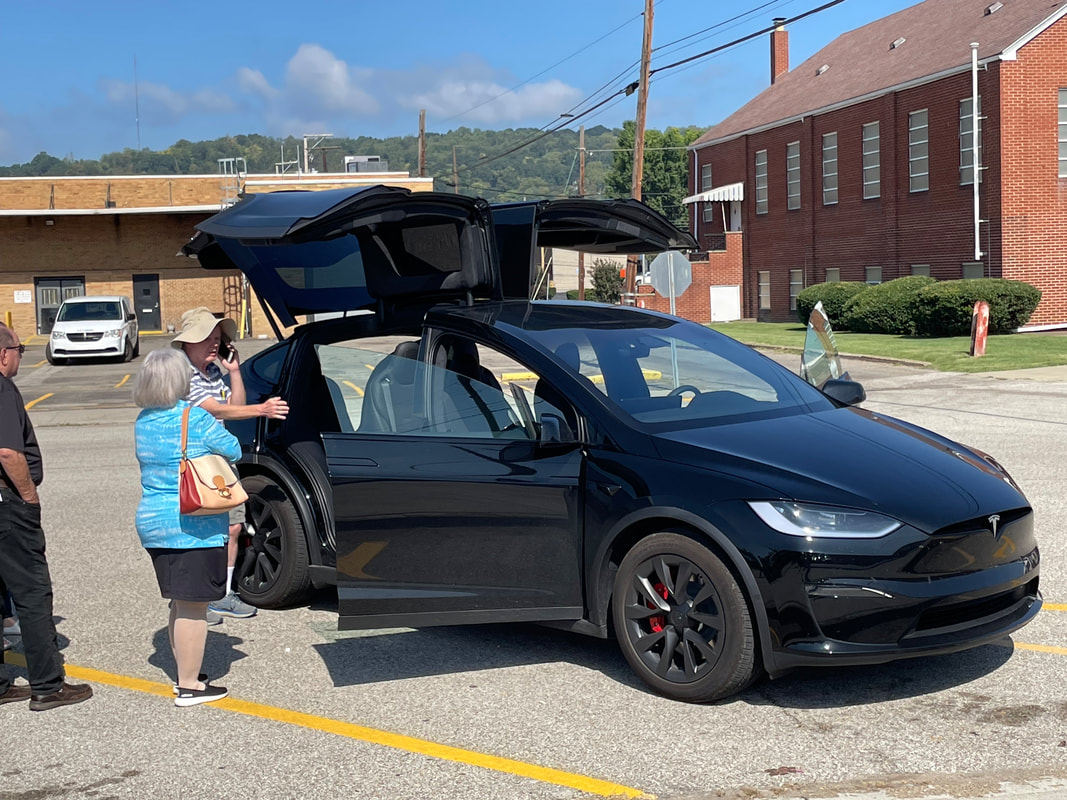
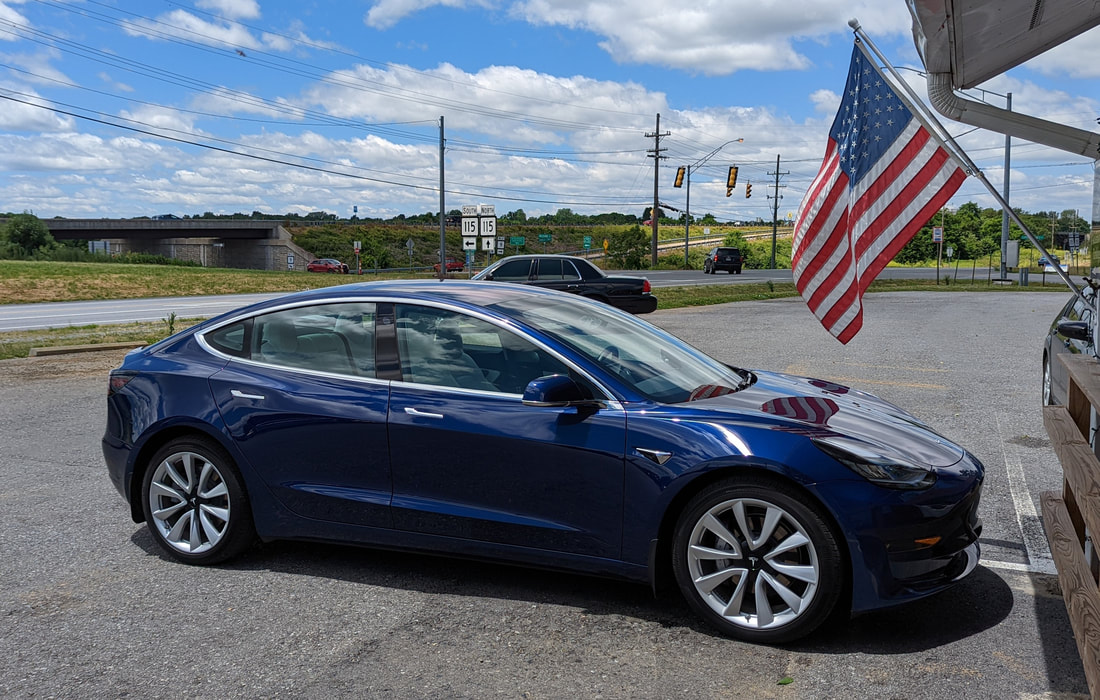
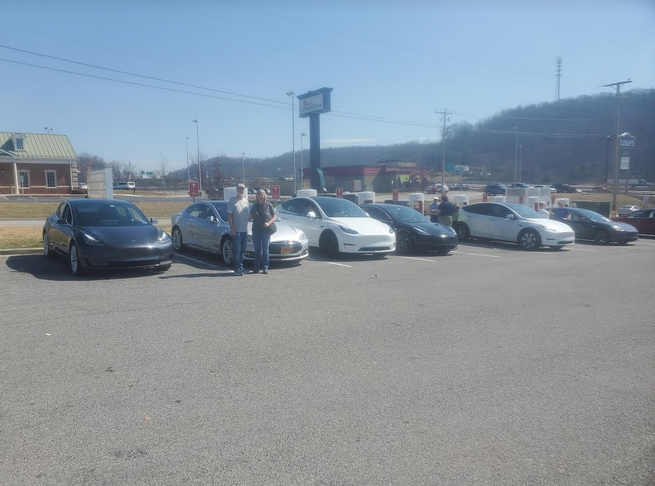
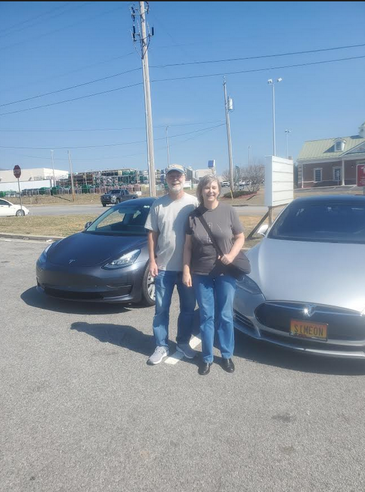
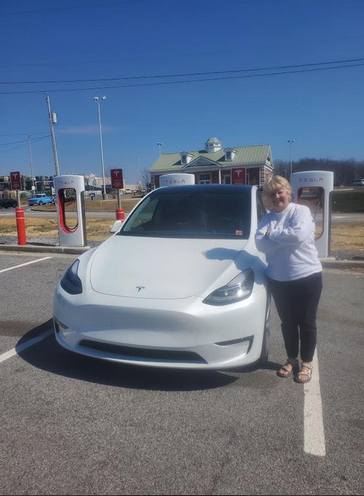
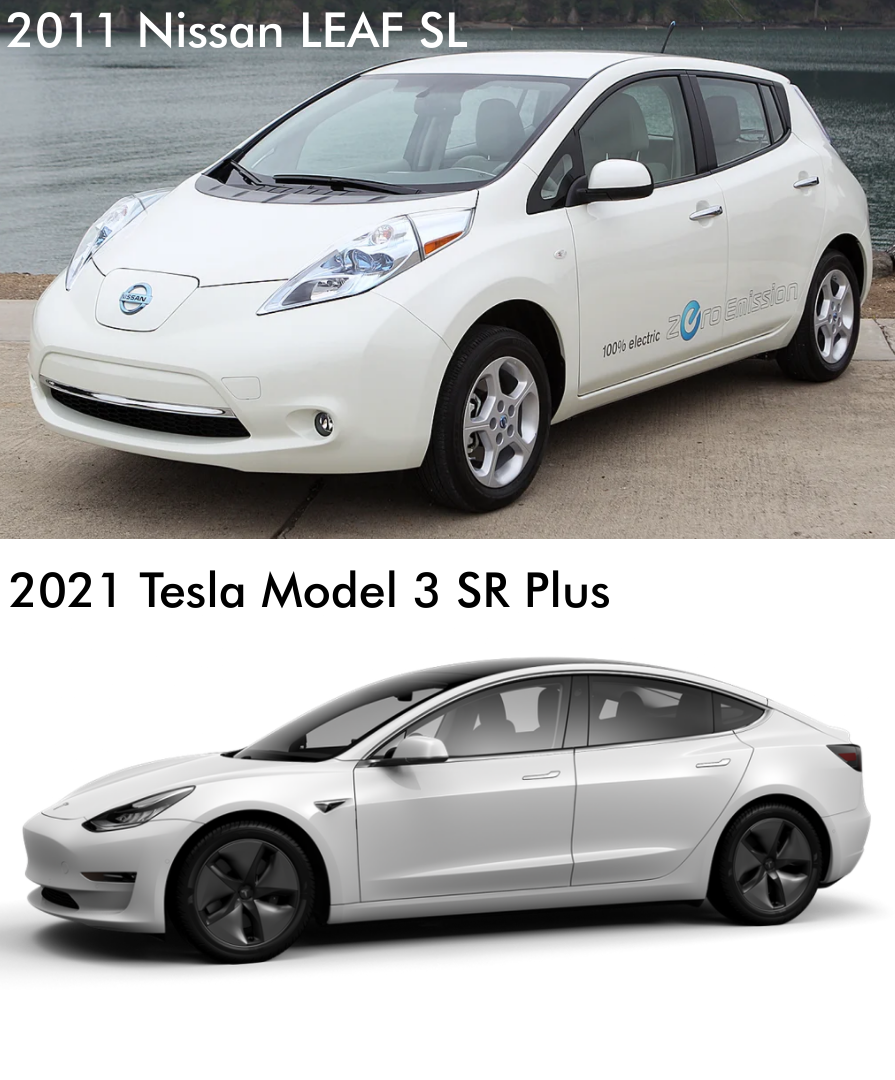
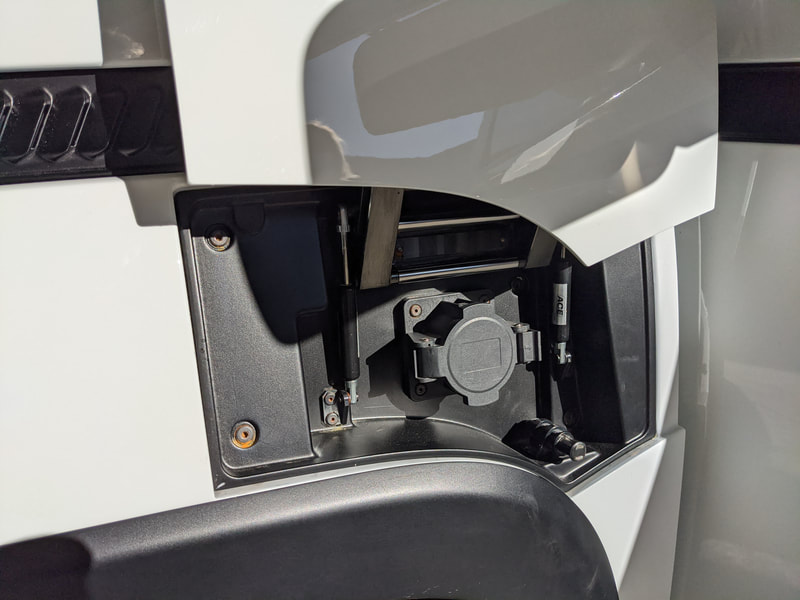
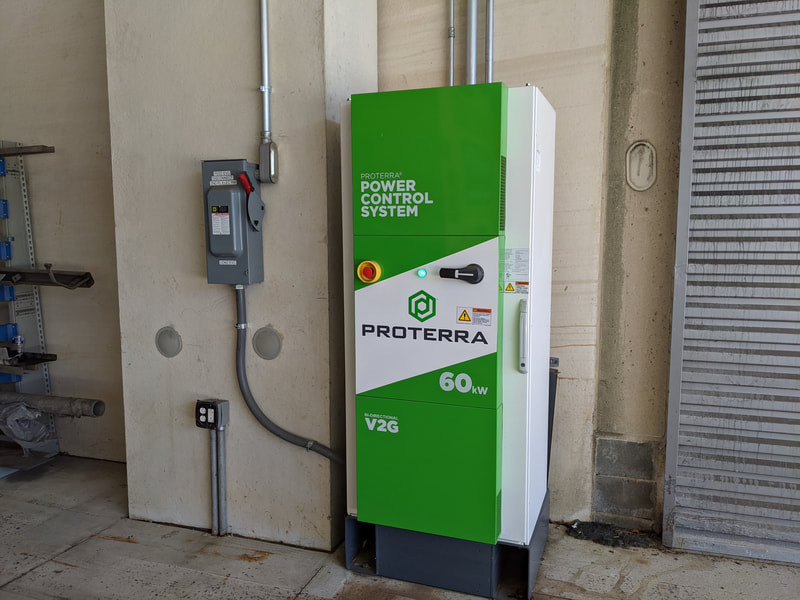
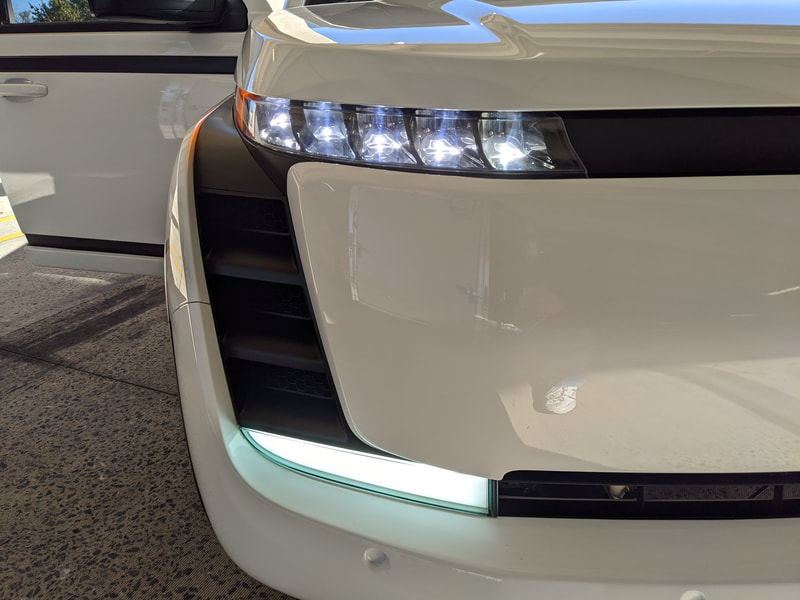
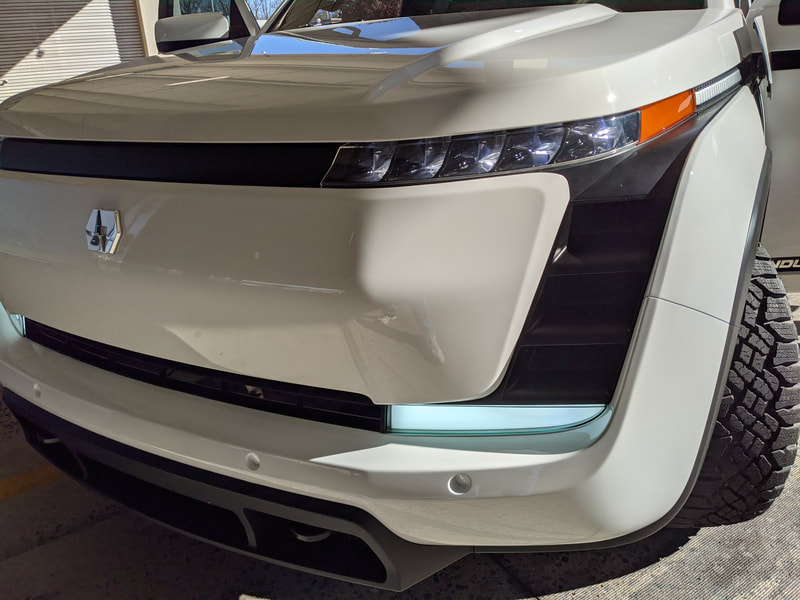
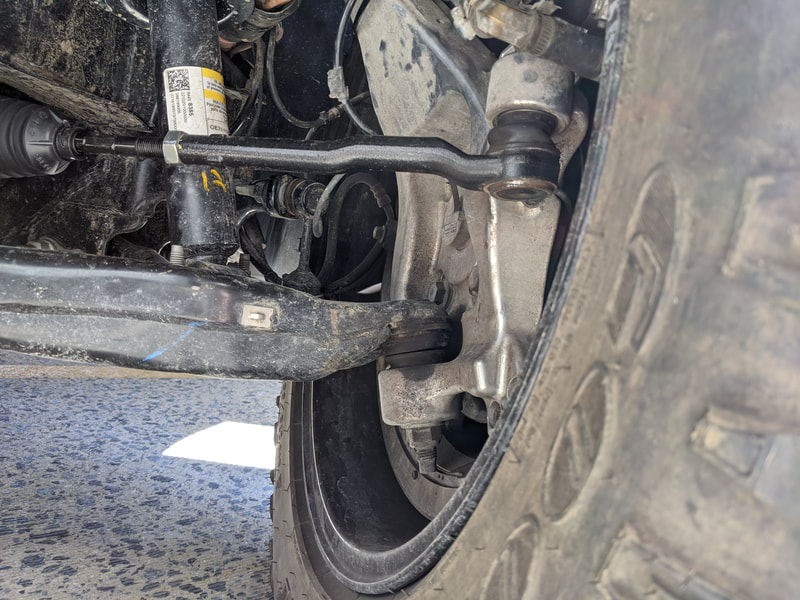
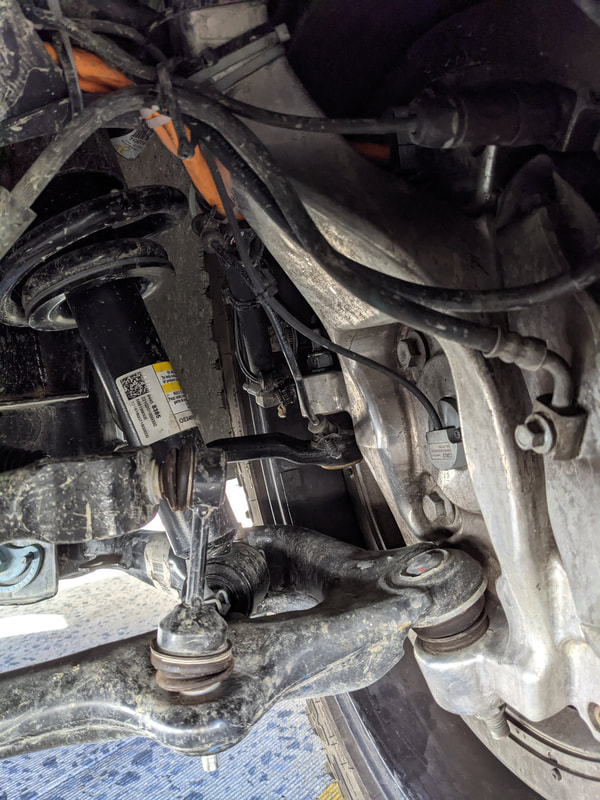
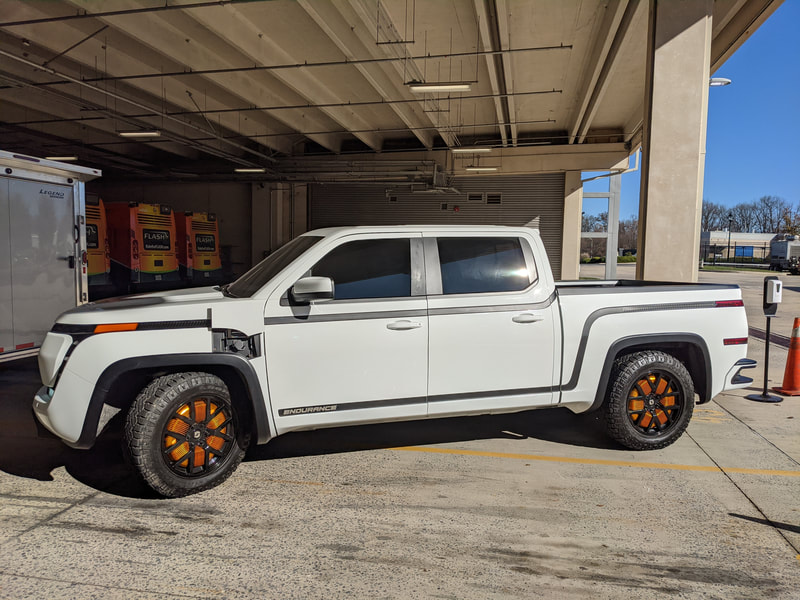
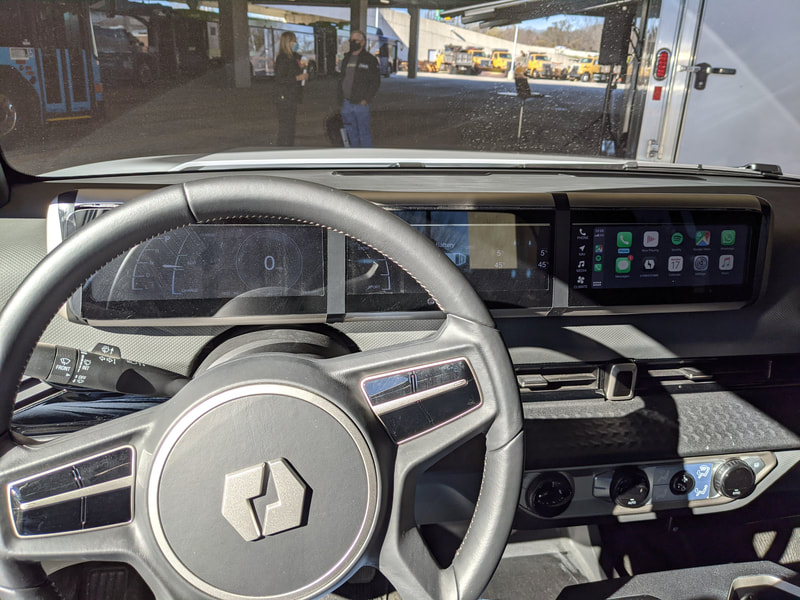
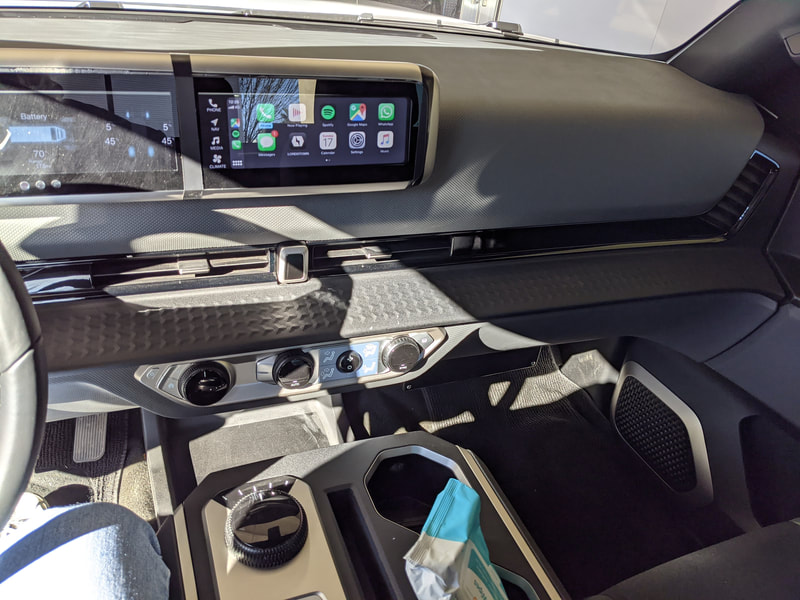
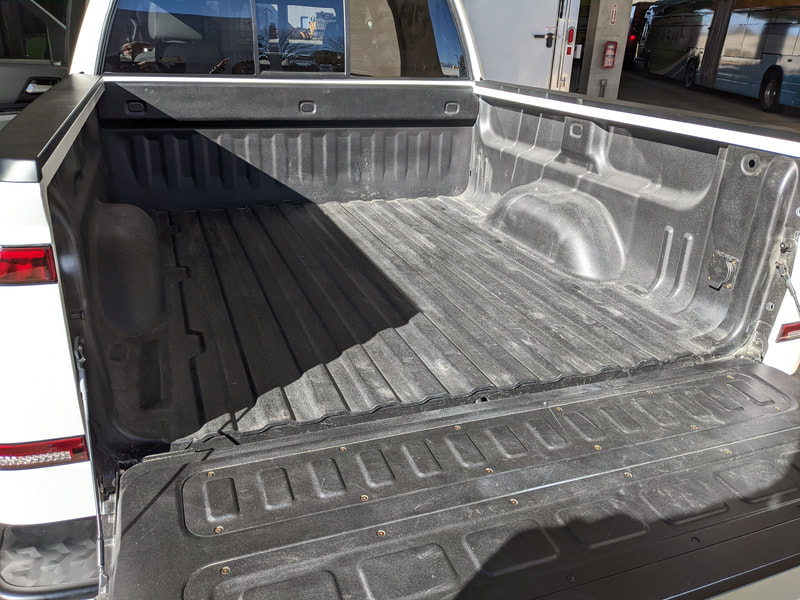
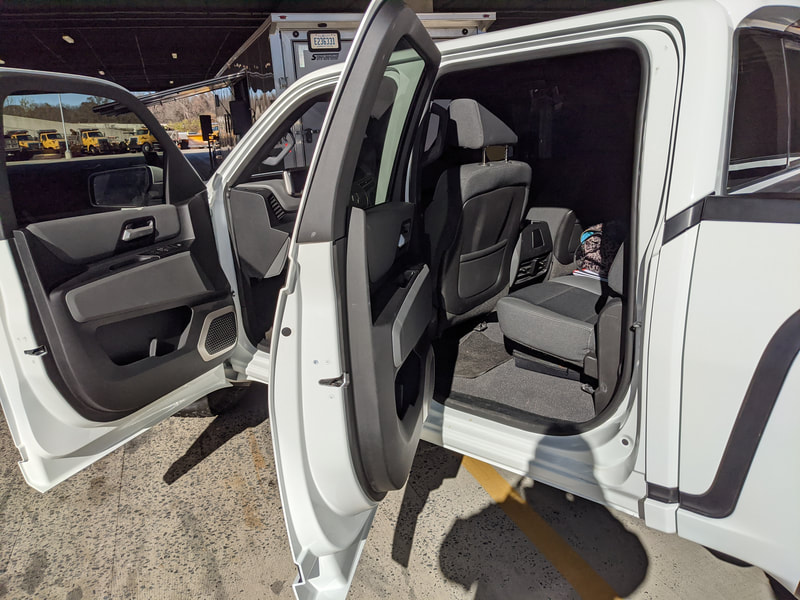
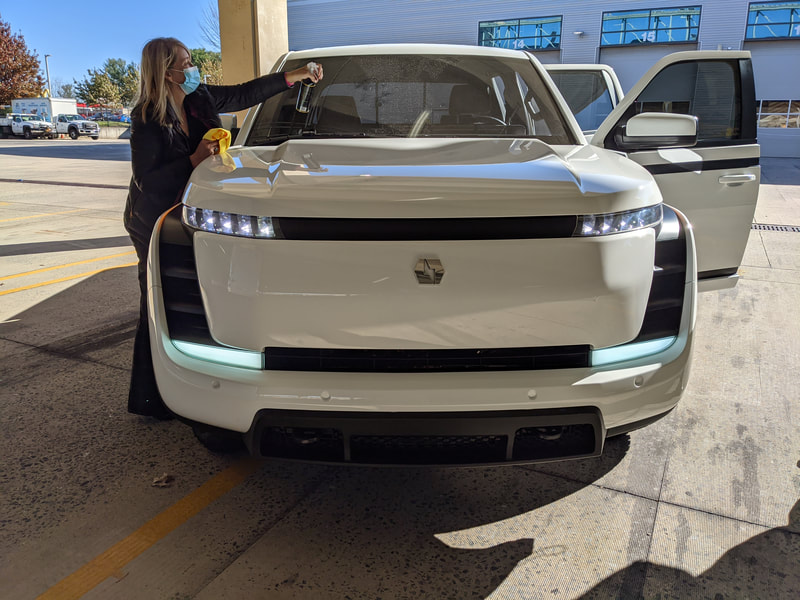
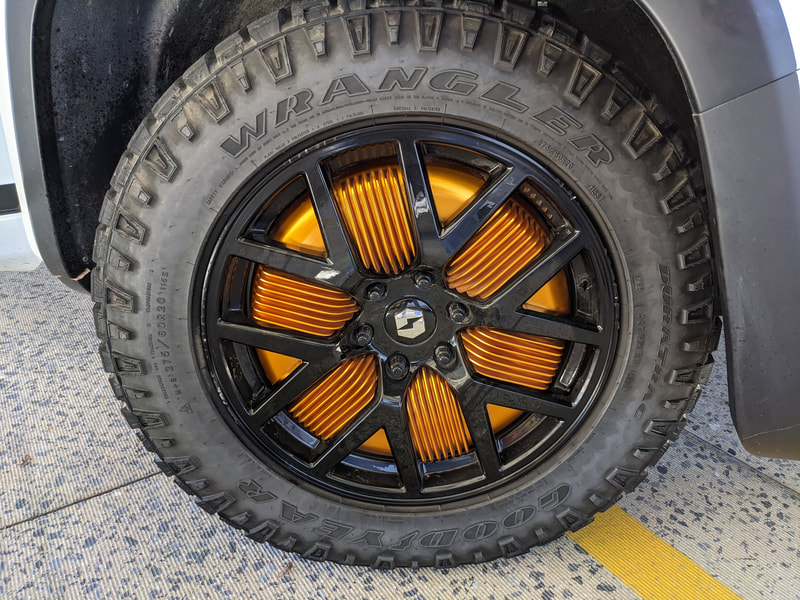
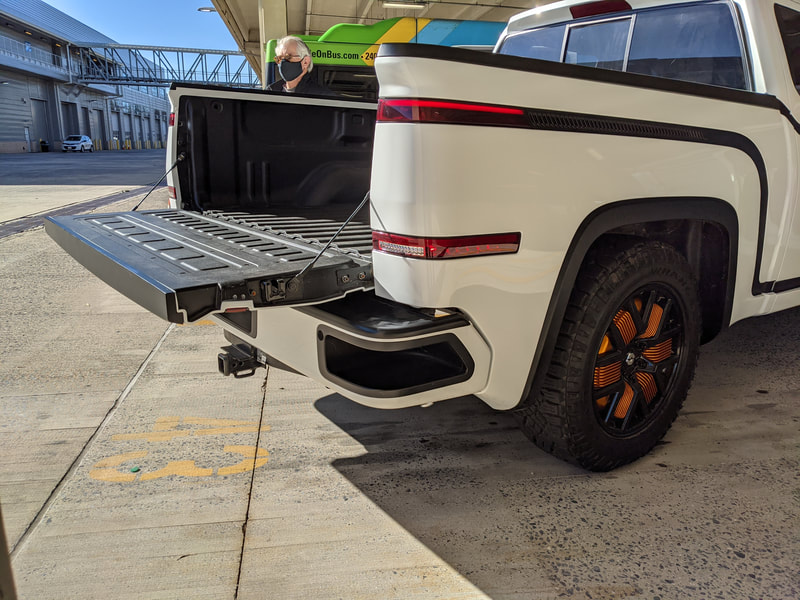
 RSS Feed
RSS Feed